5 Lessons from the Amazon Culture Debate

Reading the headlines this week about Amazon’s office culture was like watching a tennis match between Andy Murray and Novak Djokovic. The volley between Amazon the Tech Wonder and Amazon the Bruiser started with the New York Times article on Amazon’s work culture published August 15. Reporters Jodi Kantor and David Streitfeld served a couple aces in writing about “purposeful Darwinism” to describe the 21-year-old company’s steady turnover, and “Amabot” to describe model Amazon employees who will do anything to, as quoted in the August 15 original exposé, “achieve Mr. Bezos’ ever-expanding ambitions.”
Several noted employees at Amazon and even founder/CEO Jeff Bezos quickly challenged Kantor and Streitfeld’s depiction of the success-at-any-cost work environment. In volleying the reporters’ initial kick serves, they further opened a debate, inviting a flood of stories through social media that support or deny the current state-of-affairs at the publicly traded company.
While heads continue to swivel between the dueling perspectives of workplace culture, let’s step back, take a deep breath, and learn something from the ensuing debate. What can organizations do to ensure an engaged culture that supports sustainable, high performance from all its employees?
1. Be consistent. In regards to rules, policies, and procedures, both official and unspoken, they must be applied consistently, across the board. With consistency, employees have a clearly defined structure within which to work. They do not have to waste precious energy or be distracted by worrying about fairness and justice.
Take as an example Amazon’s Anytime Feedback tool, the widget in the company directory that allows employees to send positive and negative feedback about colleagues to management. If decision-makers use the tool consistently, adequately vetting and seeking supporting data for negative criticism, and consistently weight the feedback with other markers, the tool can serve a powerful purpose. Corporate policy on maternity/paternity, family, sick leave, if used fairly between employees and departments, gives employees a sense of stability and safety that directly impacts their engagement and performance.
2. Live the mission statement and corporate principles every day. When employees from the lowest paid to the CEO feel like what they do truly matters, it’s an unbeatable advantage. Mission statements and working principles are dynamic tools toward giving people a sense of how their efforts contribute to the lives of the customers, communities, and world they impact. Unfortunately, far too often, mission statements turn out to be empty lip service to values that aren’t lived every day by managers inside the organization.
Amazon’s Leadership Principles can play a critical role in helping employees identify their purpose and role in the vast, and ever-expanding climate. Purpose derives from knowing one’s place, first within a family, spiraling out to the workplace, as part of a team or organization, in relation to customers, the community, and the broadly within the world. It is up to the managers to communicate how employees’ work contributes to these sources of meaning.
3. Set the stage for new employees. What does your new employee training look like? Is it a multi-day employee orientation, or a 2-hour welcome aboard snapshot? By putting effort, thought, and preparation into onboarding up front, then applying it consistently with all new hires, an organization lays a strong foundation, sets the expectation, and introduces the employee to the organization’s culture.
Amazon and companies of its caliber long ago recognized the importance of institutionalizing onboarding. Even small businesses can replicate critical elements of employee onboarding even if they cannot match the time and expense of an extensive corporate employee training.
4. Emphasize the importance of and support the relationship between managers and employees. Managers account for at least 70% of the variance in employee engagement scores across business units, Gallup estimates in the State of the American Manager: Analytics and Advice for Leaders. In today’s world where organizations have the ability to measure so many aspects of their performance, they must also measure the working relationship between managers and their employees or risk seeing star employees walk away.
As noted by Nick Ciubotariu, Head of Infrastructure Development at Amazon, in his lengthy response to the New York Times article posted on LinkedIn, managers have responsibilities to the people who work for them. If managers do not meet these responsibilities to take care of their people, they should not be managers.
5. Recognize and support good organization habits. Organizations are made of people with habits. As these people come together, they form organizational habits. Written policies and rules direct some organizational habits, while unwritten rules and routines are habits created quite unconsciously but still have a great deal of influence on the culture of a workplace. It is the responsibility of senior leadership to be aware of organizational habits and how they affect employee performance and to then take action to ensure poor organizational habits are changed and replaced with good habits.
Consider the example detailed in the Times article regarding Amazon’s Leadership Principle to “Have a Backbone, Disagree, and Commit.” In the right environment, such a policy can support dynamic innovation and creativity. But within a group that has developed an organizational habit of responding without respect, with no consequence for personal attacks, the performance by that group will be curtailed.
These 5 lessons are so critical for any organization, no matter their size – from the small business to the corporate giant, and everything in between. Over the coming weeks, I will expand on each lesson, and offer ideas and examples for how organizations, particularly small to medium-sized entities can incorporate them into their workplace. Stay tuned!

